Hollywood is hip these days.
It’s always been popular as an idea, of course.
As “Hollywood.”
But I’m talking about the actual part of Los Angeles; one section of the many that stitch together the Megalopolis. In that respect, Hollywood is just the North-Central part of LA where Hollywood Boulevard sits just above Sunset as they intersect with Vine.
The place where the Hollywood Walk of Fame resides, and Grauman’s Chinese Theater.
It’s like Times Square in New York, or Fisherman’s Wharf in San Francisco, in that it’s clearly built for, and subsists off of tourists. There are trinket shops galore, hotels aplenty, and lots of bars next to drunk-food-restaurants.
No lie, on Selma, 1 block from my hotel, a high-end Tao sat across the street from Danny Trejo’s Mexican bar & taqueria, which was itself next to a Poutine joint. (Which I couldn’t resist.)
The guys working the counter, where they sling the cheese fries and gravy, were dressed like Canadians, in lumberjack patterning. They told me they only open up outlets next to bars or colleges. (Makes sense.)
I got accosted by some drunk guys, as I awaited my poutine, even though it was barely 8pm. They took me for Israeli, which never happens, and pretended to slap me in the face as I stood there, daydreaming.
Minding my own business.
Cursing myself for being gluttonous enough to order cheese fries and gravy for dinner.
They offered poutine topped with bacon, beef, chicken, or lots of other artery-clogging-to-the-point-they-should-have-a-cardiologist-office-next-door toppings, yet I stuck with the plain version.
And boy did it give me indigestion later that night. Big mistake, getting the cheese fries and gravy for dinner.
Wait.
Where was I?
Right.
Hollywood.
I was there to work, of course, so I didn’t sample the clubs or the bars. Instead, I limped my tired dad-bod around the neighborhood to grab food, (lacking a car, as I mentioned,) or I was next door reviewing portfolios at the LA Center of Photography.
The organization, which is now non-profit, was long known as the Julia Dean Workshops, so Julia Dean is now the Executive Director of the LACP. Apparently, they changed the structure and name about 4 years ago.
Their portfolio review, Exposure, is held in their school space there on Wilcox, and also at the DNJ Gallery at Bergamot Station in Santa Monica. (Hence the multiple Ubers.)
It was a well run event, and the people in charge are genuinely helpful and friendly. (Here’s your shout out, Brandon and Sarah.) The organization has been around for a while, but the review is relatively new, as it was the first time they were bringing in reviewers from the outside. (I was joined by Brian Clamp and Elizabeth Avedon, two New Yorkers.)
Most of the people at the reviews have taken classes there before, and many had studied with Aline Smithson, who teaches Fine Art Photography for the LACP, and has for years. We’ve shown many of her students’ work here before, and I’ve been consistently impressed.
But others were less trained, so as usual, I tried to be helpful, and point out to people where their strengths seemed to lie, and where they were weak.
Today and next week, we’re going to feature the best work I saw at the review. As usual, my criteria for what to show you are based on a few simple concepts.
1. Are there enough contiguous images to show you a proper sample of someone’s ideas? (Meaning 2 or 4 good pictures is never enough.)
2. Does the selection show a well-executed vision?
3. Are these pictures at least visually pleasing, if not genuinely brilliant?
If I see that range in someone’s portfolio, I’ll try to show it here.
As I’ll be doing 3 more portfolio reviews for you guys this year, (in Chicago, Santa Fe and New Orleans,) I thought it was worth the slight diversion to explain how I choose what’s worth publishing.
So let’s get started, and, as always, the artists are in no particular order.
Silvia Razgova recently moved to Los Angeles from Toronto, having spent the previous few years living in the United Arab Emirates. (I think I’ve got that right.) She showed me pictures from the UAE, that were cool, but I was far-more-seduced by these medium format gems from her hometown of Hradok, in Slovakia.
Her color palette is pretty dreamy, and I liked a few of these very much. But overall, they fit the conditions above, as they’re well made, consistent, and show us a slice of her world, which we’d otherwise never see.
Anto Tavitian was amazed when I guessed he was Armenian. (I felt confident I was right, but you never know.) Later, he realized my trick.
“Was it the ‘ian’ at the end of the name,” Anto wondered?
“Yes,” I said, “you got me.”
That said, Anto showed me the deconstructed book pages from his BFA project at Cal State Northridge. He’d made a photo narrative about his immigrant Armenian-Syrian parents, and included the repeating motif of the tight shot of a coffee cup.
As coffee was so important to the story, he also stained the book pages with it, creating a dappled-brown effect. And the few text pieces, and one drawing, that were interspersed are cool too.
Jamie Siragusa is currently enrolled in a one year program at LACP, and was working on street photography. She’s interested in photographing children, but didn’t want to do it in a conventional way. So she’s focusing on kids at political protests.
We all talk abstractly about what our actions will mean for our children, or grandchildren, so she wanted to make pictures about those descendants now. In particular, kids who are being vocal with their disapproval by protesting in public. (Mostly with their parents, of course.)
Dan Lopez showed me a book, “Constellation Road,” which featured these LA cultural landscape photographs. I thought his sense of color and composition was really strong, and he definitely captured some of the bright harshness of the California sun as well.
(Sidebar: part of why I didn’t go on huge walks through Hollywood, rather than snobbery, was that the sun is so damn strong in July. Be forewarned.)
I told Dan I thought it was hard to separate his work from the photographers who’d come before in this tradition, as he admitted being influenced by the usual suspects. (Shore, Eggleston.) It’s tough to find an original voice, I admit, but the more we try to push away from the things we’ve seen a million times before, the more likely we’ll get there.
Last, but not least, we have Brian McCarty, whose work is the edgiest of the bunch today. Brian makes a living photographing toys, as it’s his commercial specialty. (So he’s really good at it.)
As such, he ended up doing a project in which he tries to use toys to help children in war zones, particularly in the Middle East, to process their trauma. He’d just gotten back from Mosul, in Iraq, which is an extremely active fighting spot, and admitted that he’d been shot at twice, and had been lucky to survive.
He and his organizational partners, (he mentioned the UN,) ask children to make drawings of their horror stories. Then, they re-create the situation, sometimes quite literally, with toys, and Brian makes the resulting photos.
They are strange and cool, and some of them are very sad. He often exhibits them side-by-side with the drawings, so people can see the source material. Not surprisingly, the drawings are quite tragic.
That’s enough for today, so we’ll be back next week with part 2.
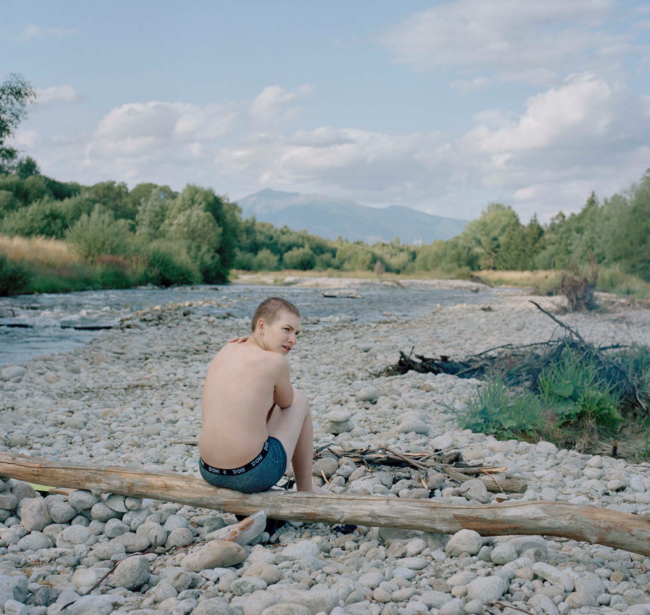
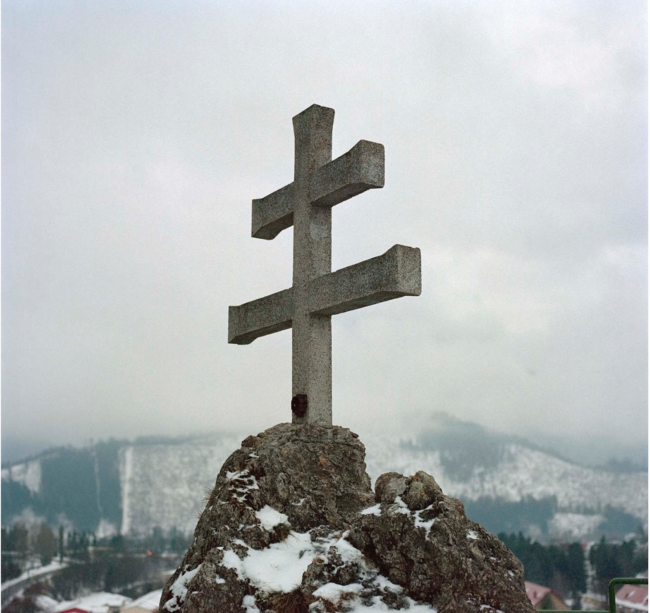


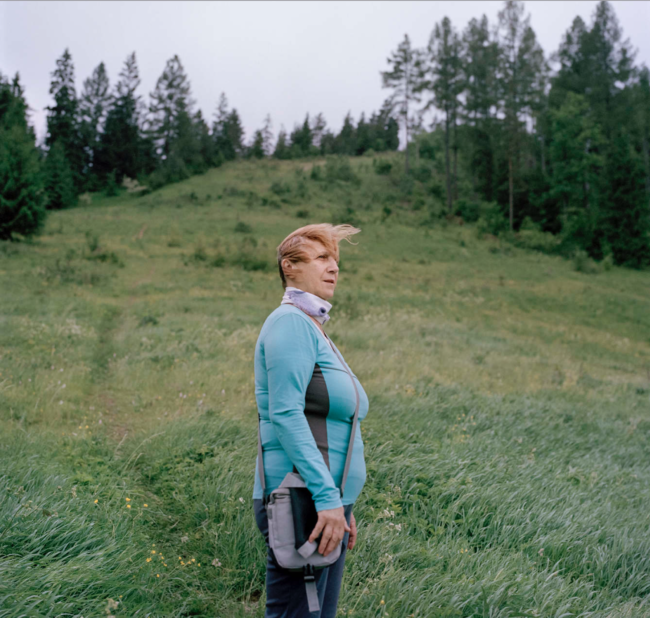

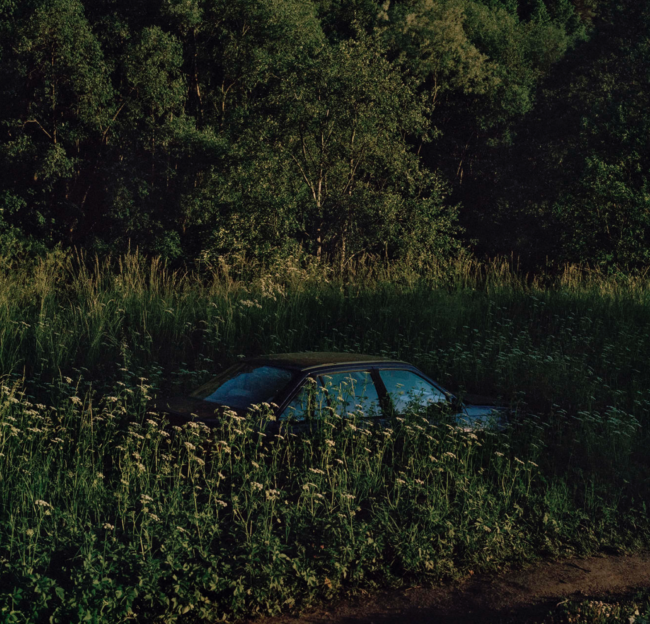



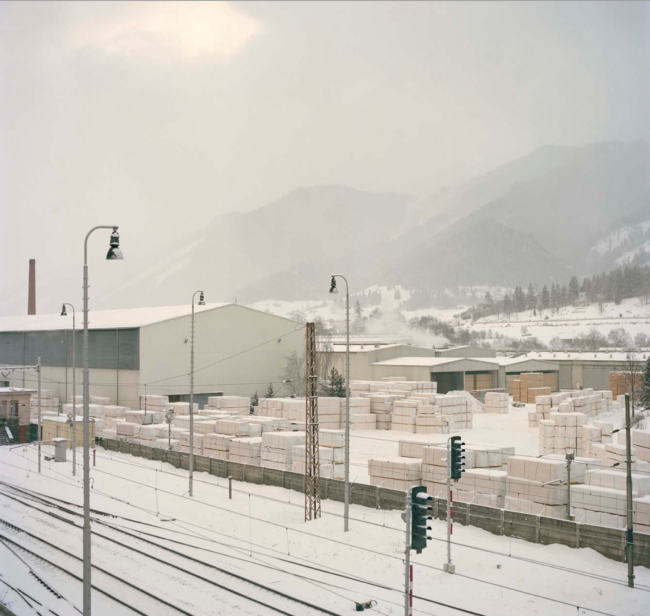
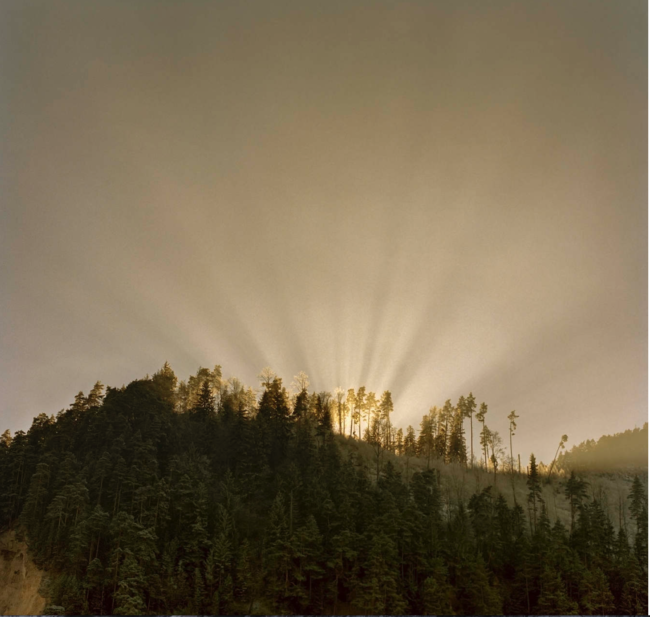


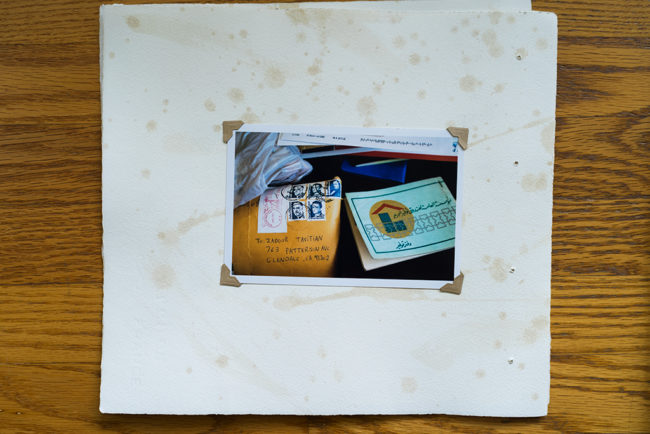
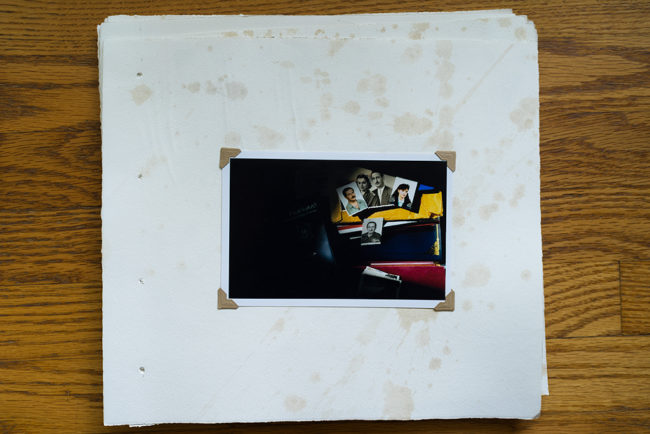

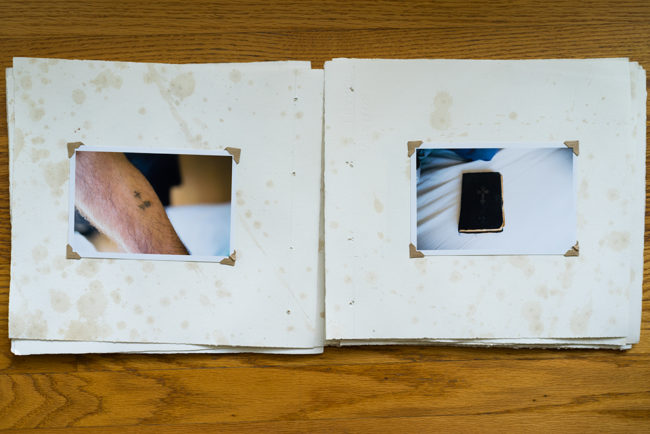
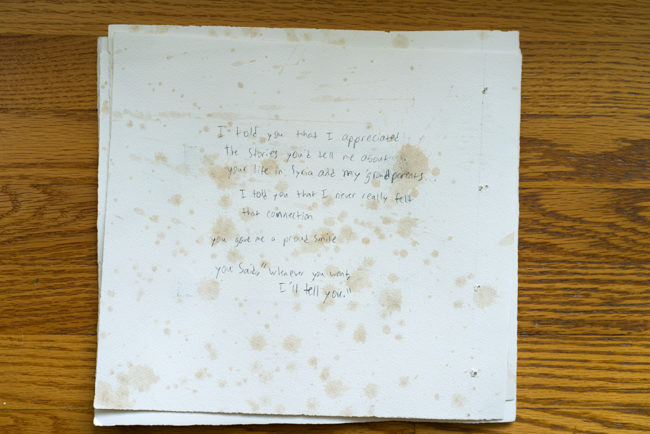



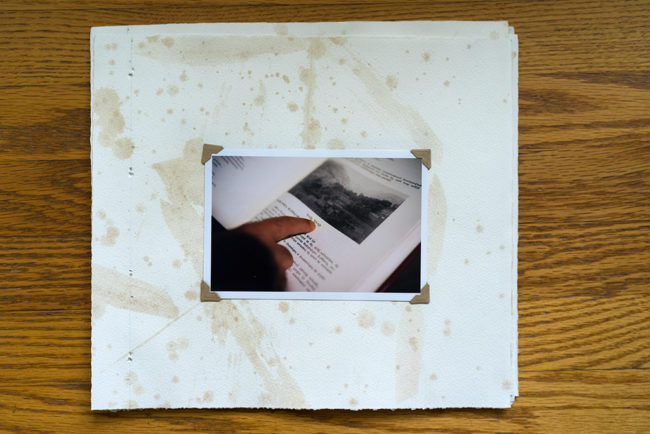

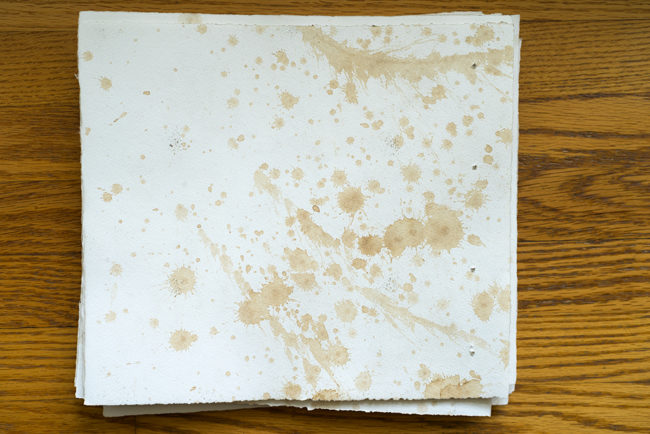
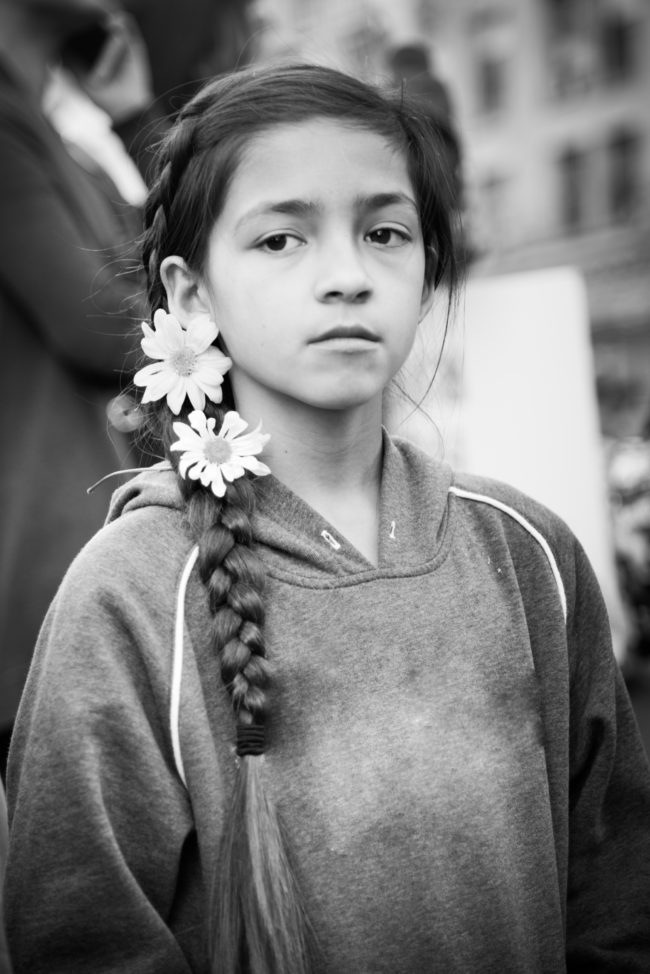
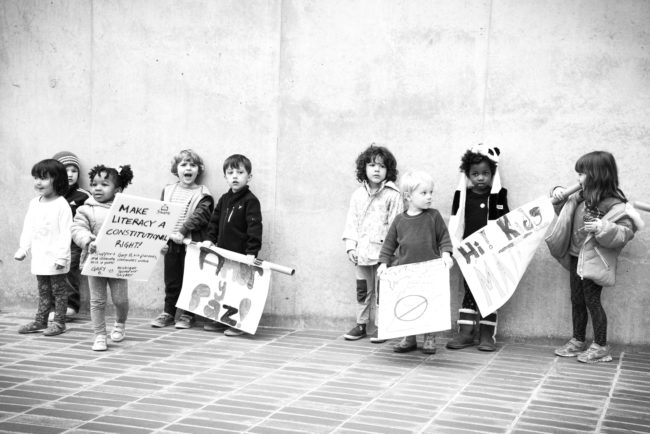

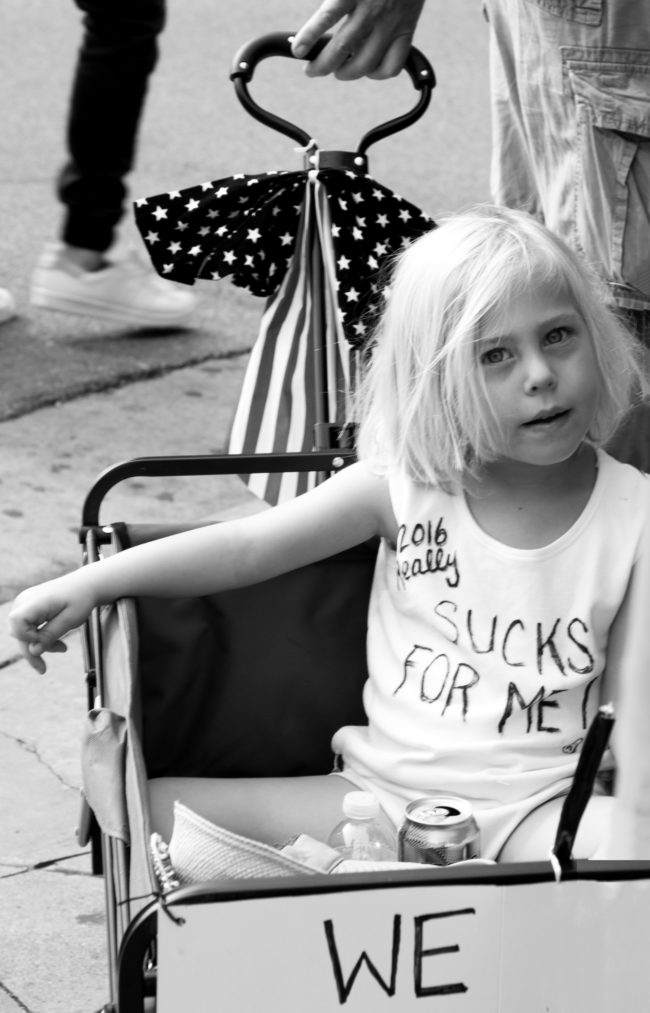
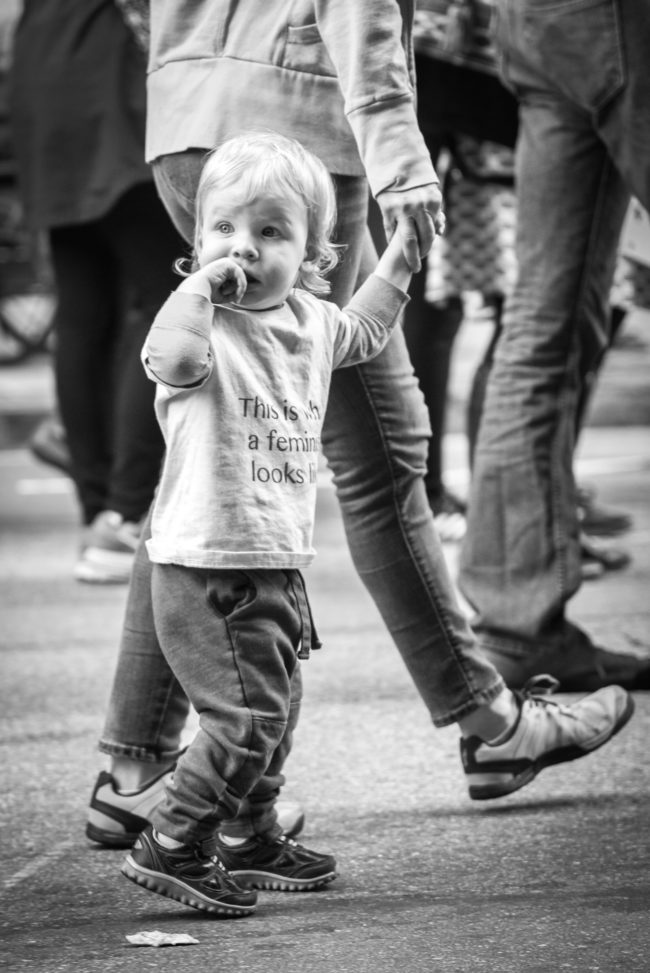
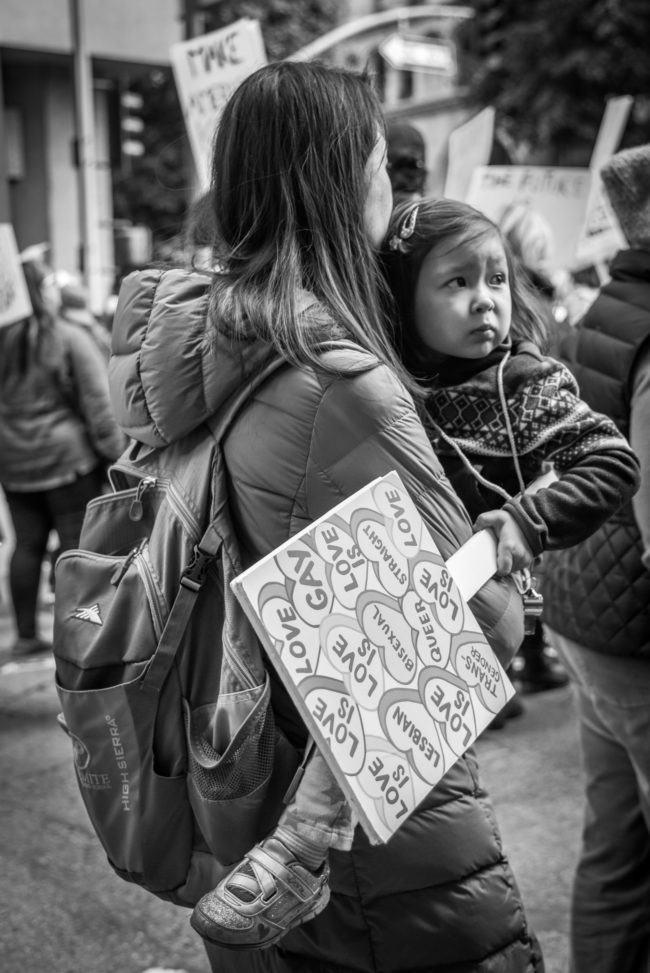
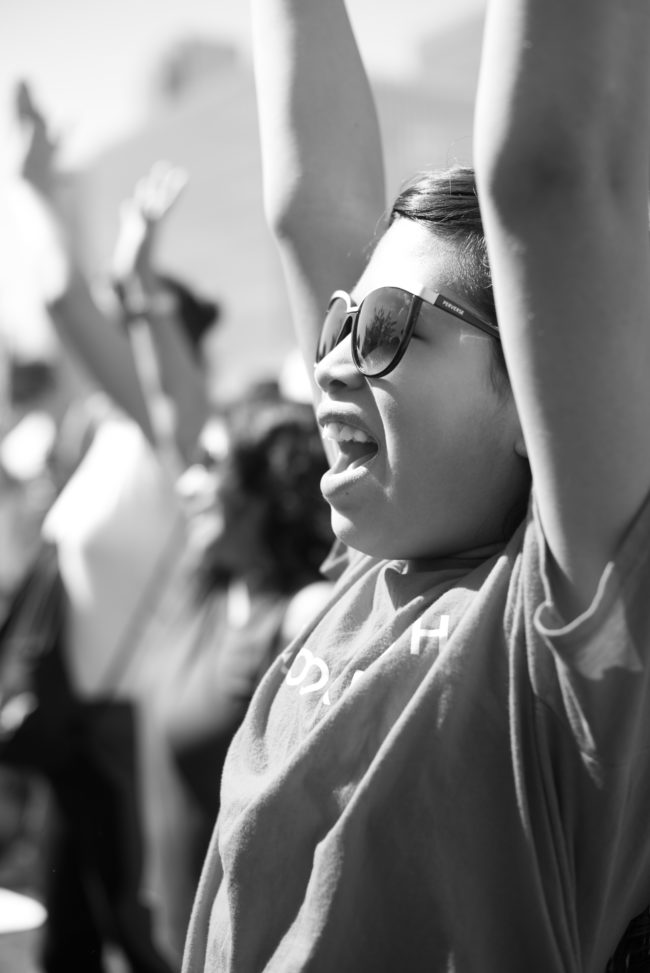

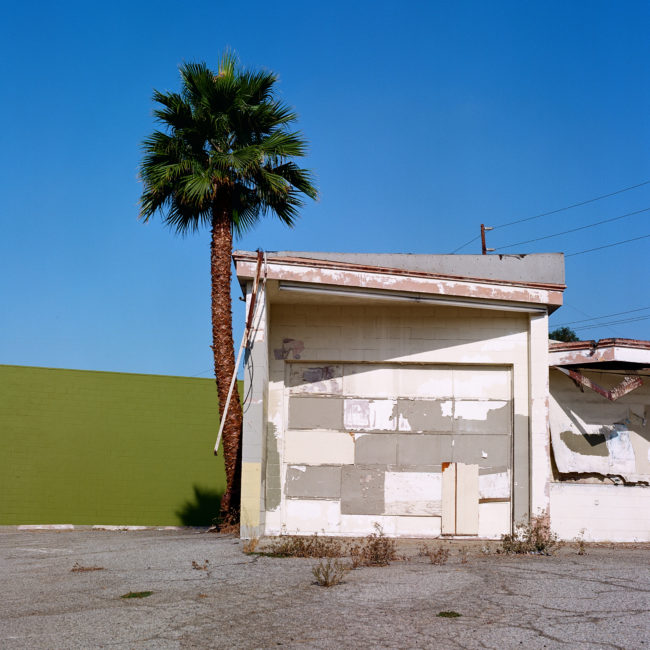
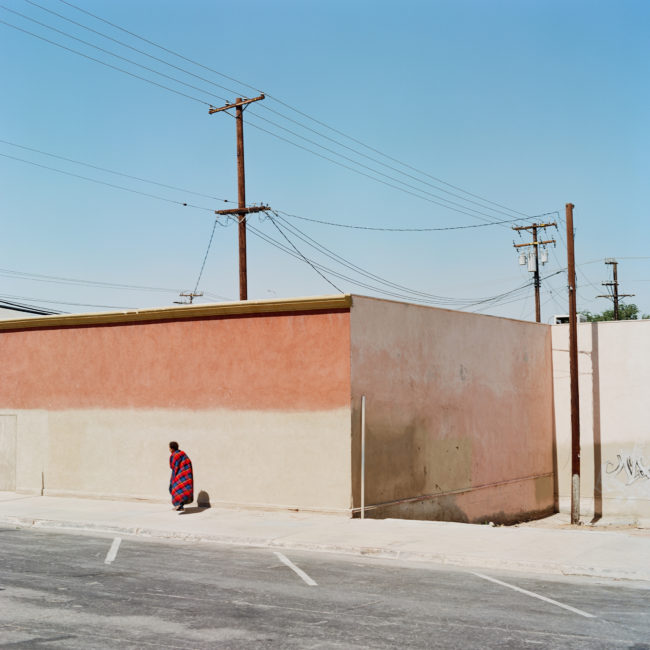


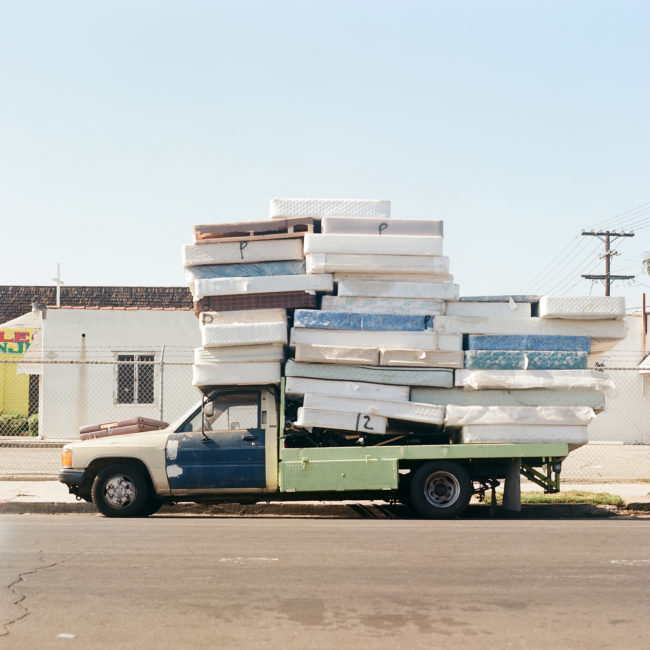


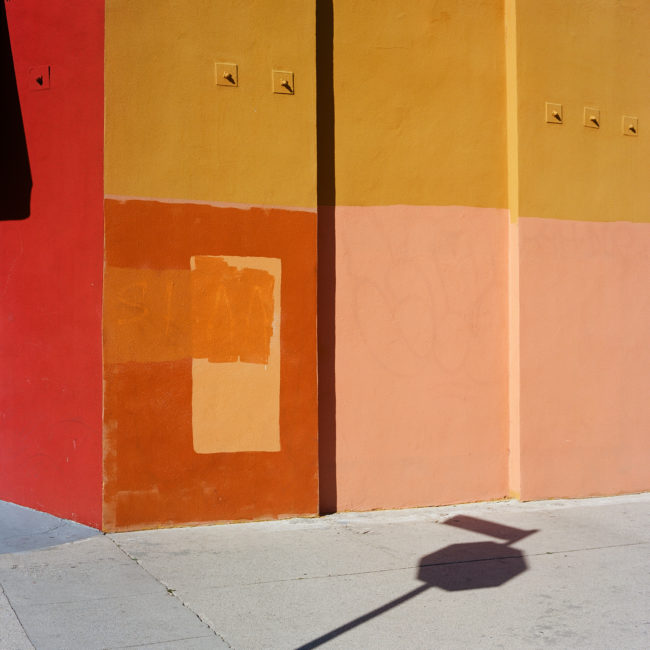
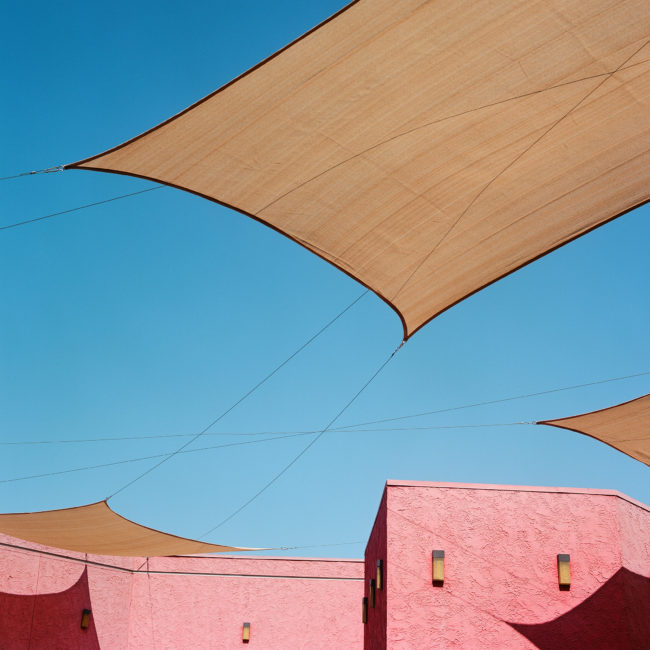

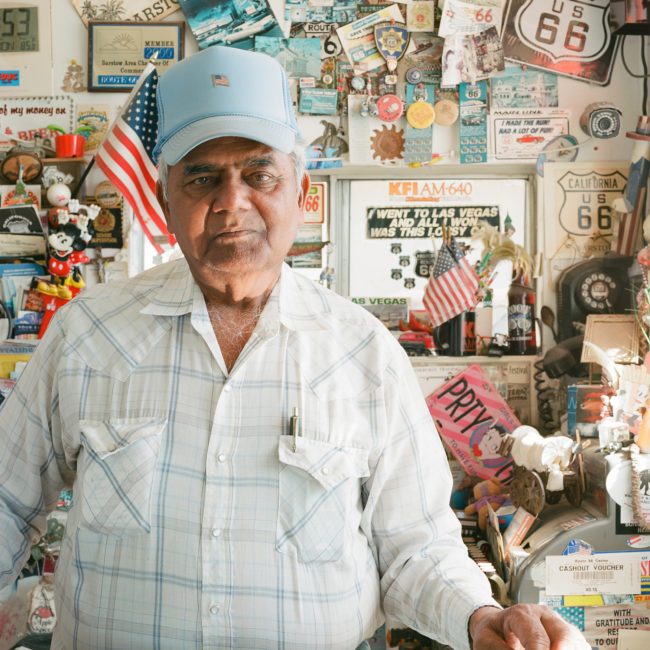


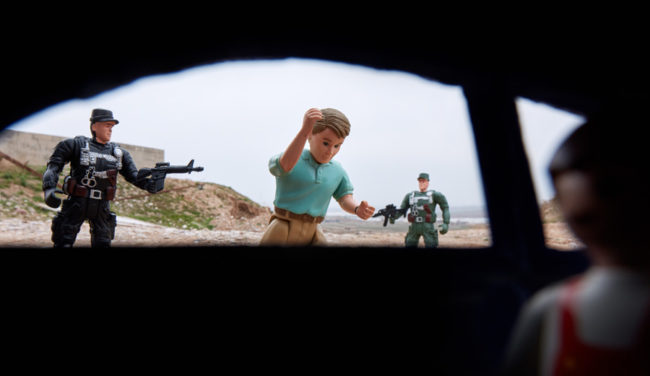
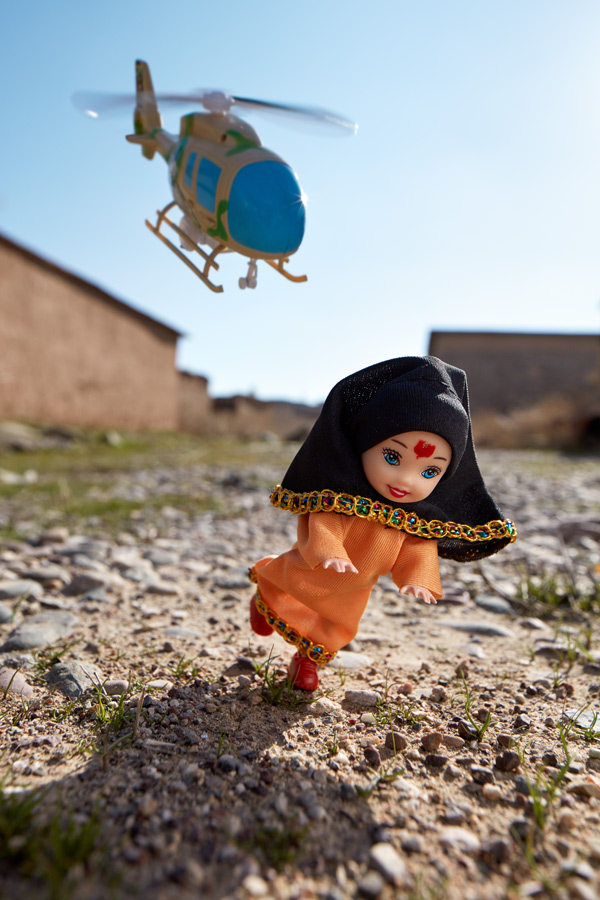

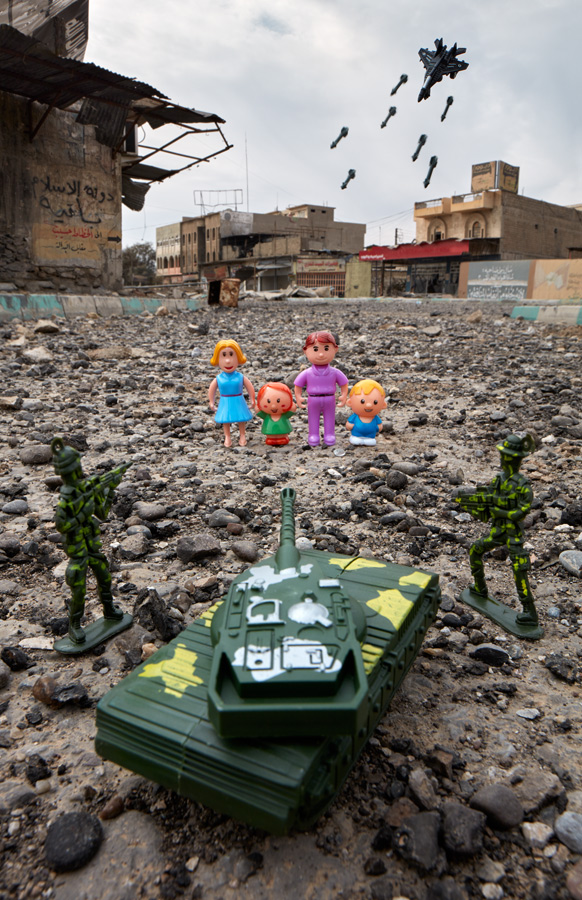
1 Comment
It was an honor to share Uber’s with you and Brian Paul Clamp at LACP’s Portfolio Review! I 2nd your assessment of the work we saw and champion the photographers you posted here first.
Comments are closed for this article!